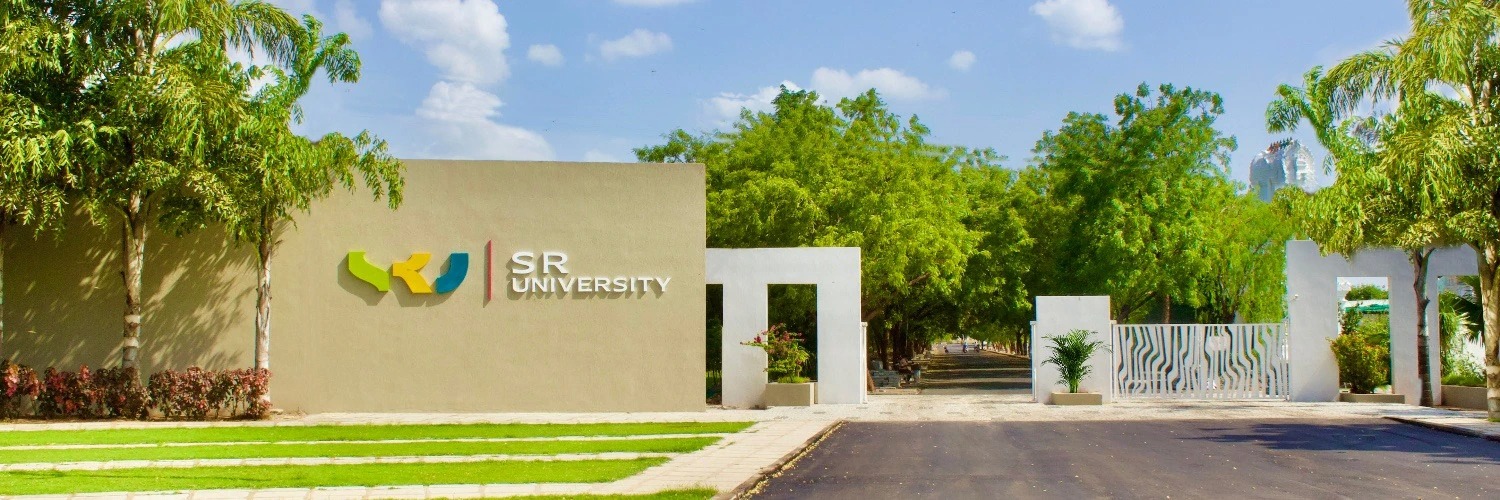
Follow WOWNEWS 24x7 on:

In a significant development for South Asian Islamic education and scholarship, Ebrahim Moosa’s critically acclaimed book What Is a Madrasa? has now been published in Bengali. This translation marks a major milestone in making nuanced and scholarly discourse on Islamic religious education accessible to Bengali-speaking audiences across India, Bangladesh, and beyond.
A Window into the World of Madrasas
Originally published in English by the University of North Carolina Press in 2015, What Is a Madrasa? is a deeply personal and scholarly exploration of the madrasa system in South Asia. Moosa, a former madrasa student himself and now Mirza Family Professor in Islamic Thought and Muslim Societies at the University of Notre Dame, offers a rare insider’s perspective on the lived realities, intellectual traditions, and political complexities of madrasas in India and Pakistan.
The book blends memoir, historical analysis, and ethnographic insight to answer a question that has long intrigued—and often misled—Western observers: What exactly is a madrasa?
Why the Bengali Translation Matters
The Bengali translation arrives at a time when the madrasa system is undergoing scrutiny and reform across South Asia. With over 250 million Bengali speakers globally, including a significant Muslim population, the translation opens up critical conversations about religious education, identity, and modernity to a much wider audience.
This move is especially impactful in Bangladesh, where madrasas play a central role in religious and social life, and in West Bengal, India, where debates around madrasa education often intersect with broader political and cultural tensions.
By making Moosa’s work available in Bengali, scholars, educators, and students can now engage with his nuanced critique and vision for reform from within their own linguistic and cultural framework.
Inside the Book: Tradition Meets Reform
Moosa’s book is divided into four major parts:
Lived Experience: Drawing from his own time at Darul Uloom Deoband, Moosa recounts the daily routines, rituals, and intellectual rigor of madrasa life.
History and Contexts: He traces the evolution of madrasas from medieval Islamic institutions to their modern iterations, highlighting their role in preserving classical texts and shaping religious subjectivities.
Politics of Knowledge: Moosa explores how madrasas navigate the tension between tradition and modernity, often becoming sites of ideological contestation.
Global Context: He addresses how madrasas are perceived globally, especially in the post-9/11 political landscape, and offers practical suggestions for reform that preserve authenticity while embracing cosmopolitanism2.
A Call for Intellectual Revival
One of the book’s most compelling arguments is Moosa’s call to reinvigorate the “cosmopolitan instincts” of Islamic scholarship. He argues that madrasas, once vibrant centers of intellectual exchange, have in some cases narrowed their focus to rigid piety at the expense of broader engagement with philosophy, science, and global thought.
His proposals for reform include curriculum diversification, critical thinking, and engagement with contemporary issues—all while maintaining the spiritual and theological core of madrasa education.
Reactions and Implications
The Bengali edition has already sparked interest among educators and religious scholars in Kolkata, Dhaka, and Sylhet. Many see it as a tool for bridging the gap between traditional Islamic education and modern academic discourse.
Dr. Farhana Yasmin, a professor of Islamic Studies at Dhaka University, noted, “This translation is a game-changer. It allows us to critically reflect on our own institutions using a framework that is both respectful and reform-minded.”
Meanwhile, madrasa teachers in West Bengal have expressed cautious optimism, viewing the book as a resource for internal dialogue and pedagogical improvement.
Sources - University of North Carolina Press, Oxford Academic Review, Free Archive of the Original English Edition, FlexPub



